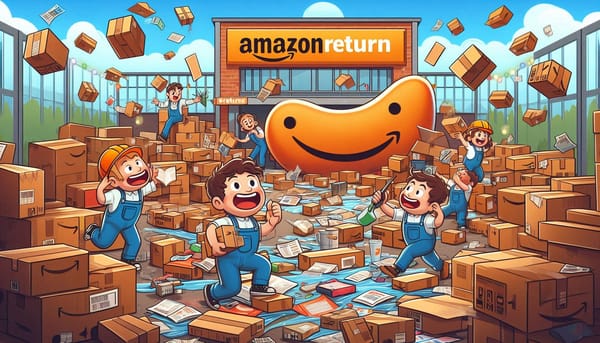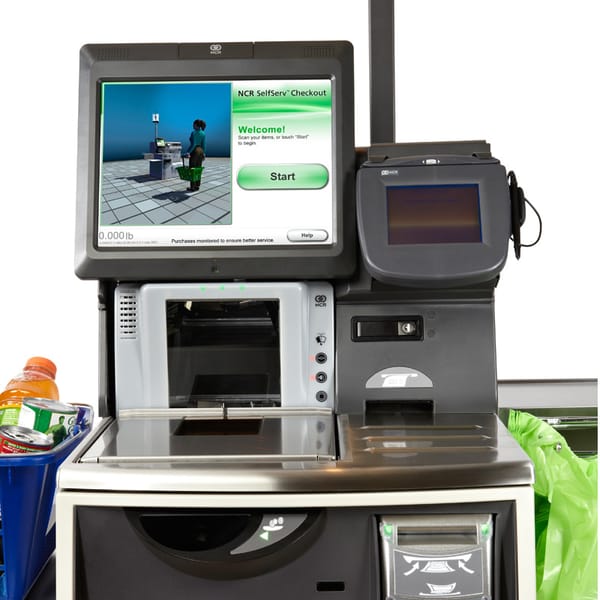Being Considerate
Nobody expects the product manager to know everything, and it is OK to ask completely off-the-wall questions. But do the people you ask a favor and let them know how deeply to research

I work in the content creation and education space for IT and once in a while, I will have a completely bizarre question that nags at me. Fortunately, I work with a wonderful team of amazing SME’s whose depth and breadth of knowledge astounds me each and every day.
Most of the things I ask are topics at their fingertips, knowledge that their lifetime of experience has made trivial. And that is super satisfying to me that they can pull some ridiculously obscure factoid from the depths of their domain experience.
But, sometimes I stump them. And often it is a curious question that they also want to figure out. And thus the topic for this short post.
It is OK to ask a question, and it is OK for them to not know, but you, the asker, should know that your relationship with the askee (as the product manager) is such that the askee will assume that you want them to research and get a definitive answer.
And if that is what you need, then fine, they can go do the digging.
But if it is not, it is your responsibility to tell the person you ask that:
a. It’s not that important, and …
b. tell them to not spend more than X time on it
Seriously, early in my career, I got yelled at because I asked a question of our engineering team (we made electron microscopes) about the optics, and it triggered a multi-day research project that was just to scratch an itch (to be honest, the engineer who did the work was also curious as to the answer, so he was as guilty as me).
Oops.
A current example. In a side conversation, I was talking with my boss about telecom things, and he wondered if we still have anything around BRI in our training and certifications. Good question. Probably not an important question. But I fired off a quick query to my content SME, and she didn’t know, but would find out. The next words out of my mouth were: “This isn’t important”, and “… spend no more than 15 minutes on it”.
The next morning I got the confirmation that we no longer cover BRI in our basic level of training and certification.
Which is as it should be. For those scratching their head, in the PSTN days, there was a service called ISDN, and the standard ISDN service provided 2B+D over a single pair of copper. The B stands for BRI or Basic Rate Interface, and was a 64k digital channel that could provide either voice or data services. The hot setup in the 1990’s was to bond them together for 128k of data, and if you ever knew what a Lucent ESS and SS7 signaling were, your childhood was awesome.



